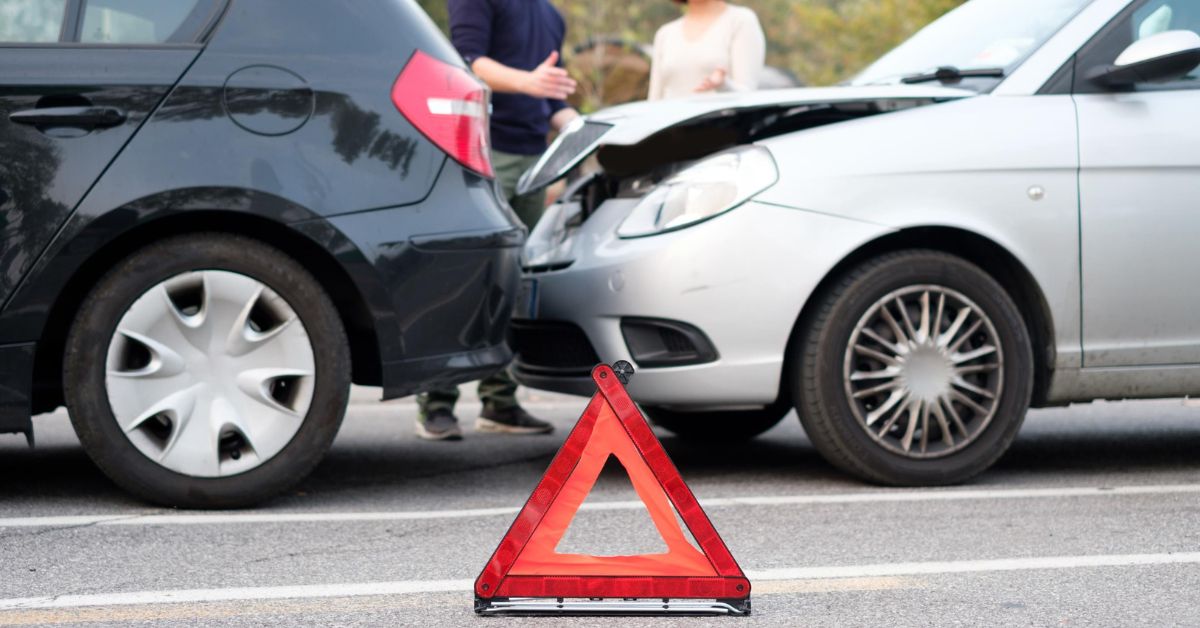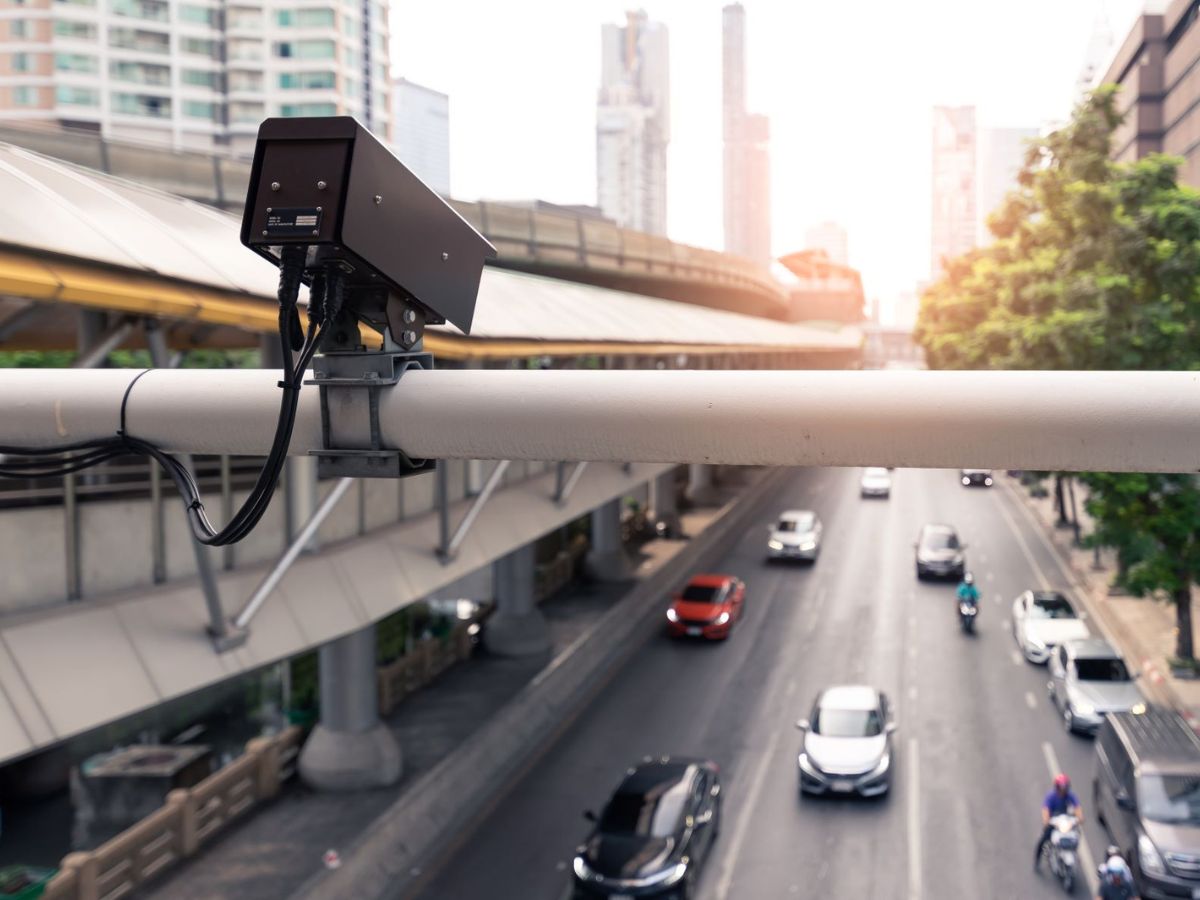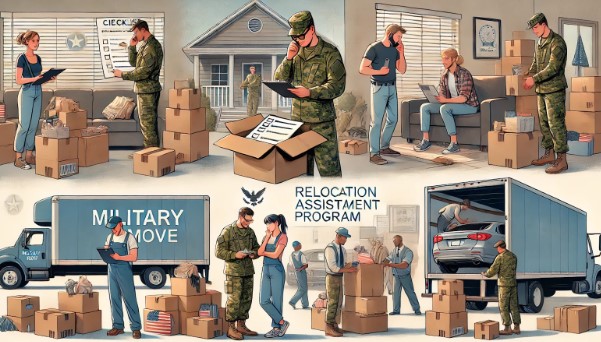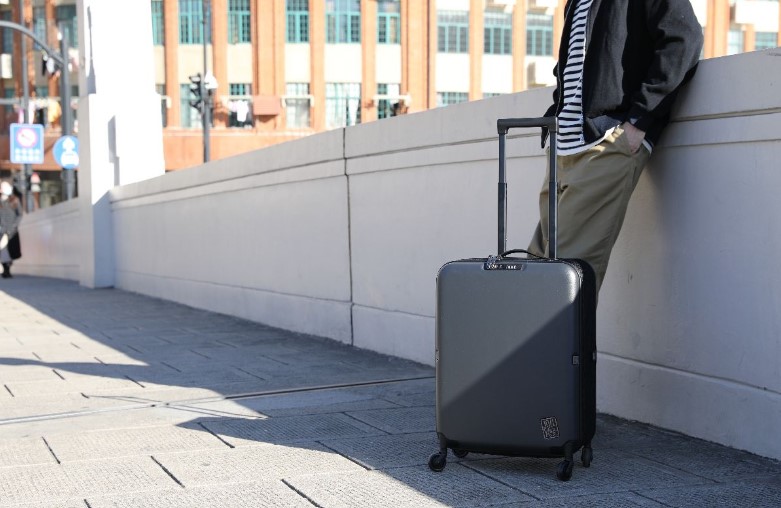Surveillance cameras have become increasingly prevalent in recent years as well as commercial CCTV systems. They are now an integral part of modern safety and security systems. Their role in preventing accidents and enhancing safety is multifaceted. It spans various environments, including transportation systems, urban streets, and private and public buildings. A range of studies and practical applications support the benefits of surveillance cameras, making them an essential tool for maintaining safety and security. We will provide a detailed exploration of how these cameras help avoid accidents and enhance safety in different settings.
Enhanced Safety in Transportation Systems
Monitoring High-Risk Areas:
Surveillance cameras installed in transportation systems, such as railways and bus stations, play a critical role in monitoring the movement of high-voltage infrastructure and heavy equipment. These areas are considered potential sources of accidents and need regular monitoring to ensure the safety of passengers and employees.
Compliance and Verification:
Video surveillance has become increasingly relevant in upholding safety policies across various industries. Monitoring the workplace can provide valuable insights into whether safety procedures are being followed and can assist in determining the root cause of any accidents or incidents that may occur. This can help organizations evaluate their safety practices and make improvements where necessary to prevent future occurrences.
Accident Prevention:
Cameras are widely used in industrial and transportation settings to identify unsafe practices and potential hazards. The real-time monitoring of these cameras allows for timely intervention before accidents occur, promoting a safer work environment for employees and preventing damage to equipment and infrastructure.
Emergency Response:
Cameras play a crucial role in emergency response by providing real-time information to guide first responders. This information enables them to take prompt and effective action, potentially saving lives and minimizing damage.
Crime Reduction and Deterrence
Reduction in Crime Rates:
Studies have shown that the introduction of police-monitored cameras has had a significant impact on crime reduction. In fact, monitored areas have experienced a 20% decrease in crime rates. What’s even more impressive is that there is no evidence of crime displacement to other areas, meaning that the cameras have successfully deterred criminal activity in the monitored areas without causing it to increase elsewhere.
Cost-Effectiveness:
Studies have shown that the implementation of surveillance systems has been a cost-effective crime prevention policy. The cost of operating these systems is significantly lower than the costs incurred by crimes, which makes it a sensible investment for the city.
Evidence Gathering in Accidents
Clarity in Car Accident Cases:
CCTV footage is crucial in car accident cases, especially in hit-and-run incidents. It provides clear evidence of the parties involved and the circumstances of the accident.

Legal Proceedings:
Obtaining CCTV footage can be a challenging task, especially when it comes to legal claims. In order to increase the chances of success in accident cases, lawyers and police often order businesses to preserve the footage as evidence. This is an essential step in the investigative process and can greatly aid in determining the cause of an accident or crime.
Training and Policy Development
Enhancing Safety Training:
Footage from accidents is used as a training tool, demonstrating the importance of adhering to safety policies and procedures.
Policy Improvement:
Surveillance footage helps to review and improve existing safety policies and practices, based on the insights gained from accident analyses.
Challenges and Considerations
Quality and Accessibility:
The effectiveness of surveillance systems depends on the quality of the cameras and the ease of accessing and managing the footage. High-quality footage is essential for accurately analyzing incidents.
Legal and Ethical Concerns:
The use and accessibility of surveillance footage, especially in privacy-sensitive areas, raises legal and ethical concerns.
Broader Implications
Urban Safety:
Beyond transportation systems, surveillance cameras in urban areas have been shown to deter crime and provide a sense of security for residents.
Integration with Law Enforcement:
Useful surveillance camera systems are those that are observed by trained staff and integrated into law enforcement activities, enhancing overall public safety.
In Summary:
surveillance cameras play a pivotal role in bolstering safety and preventing accidents across various settings. Their impact is particularly notable in transportation systems, where they help monitor high-risk areas, ensure compliance with safety policies, preempt accidents, and facilitate quick emergency responses. In urban environments, these cameras significantly reduce crime rates and prove to be cost-effective safety measures. They are also invaluable in legal contexts, providing clear evidence in car accident cases and aiding in the preservation of footage for legal proceedings. Furthermore, accident footage serves as a vital resource for enhancing safety training and policy development. However, the effectiveness of surveillance cameras hinges on their quality and the ease of managing the footage, alongside addressing legal and ethical concerns regarding privacy. Overall, surveillance cameras extend their benefits beyond transportation, contributing to urban safety and integrating seamlessly with law enforcement efforts, thereby reinforcing public safety on a broader scale. Visit Toto 4D Macau for more informative blogs.











